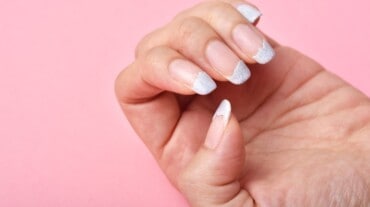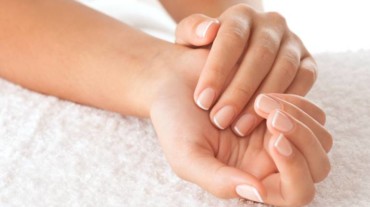
Nails, like the rest of the skin, could provide important information regarding Covid-19 disease and systemic involvement. Just like the skin can be a mirror to the severity of systemic diseases like diabetes in the absence of other symptoms and signs—even nail changes as have been reported in few studies can serve as a danger sign.
Yes, your nails can function as an alarm sign for physicians regarding the nature of systemic diseases, including the rampant Covid-19 infection.
The exact pathogenesis of nail changes in patients with SARS-CoV-2 infection has not been completely understood. The red half-moon nail sign, which represents a horizontal red band that surrounds the end margin of the nail´s white crescent is thought to be associated with a “microvascular injury “or an inflammatory immune response.
This state of the nails is peculiar to SARS COV-19 and is often seen early in the disease. This red band also tends to persist for quite some time.
Beau lines or transverse grooves in the nail plate—also a sign of Covid-19—can be caused by a temporary interruption of nail matrix growth.

Lastly, no clear explanation for the transverse orange nail lesions have been found, but the shape of the discolouration favours a systemic illness, like Covid-19.
In more severe cases, inhibition of the nail’s proliferation causes a separation of the nail plate from the bed which eventually leads to shedding, also called onychomadesis.
These alterations often occur after a systemic insult—such as infections, critical illnesses, drugs or autoimmune diseases. This shedding is not seen immediately during the disease, but they do indicate the severity of the illness and stress that the body undergoes. It is this stress on the system that affects the nail cycle and manifests approximately a month or two later after the disease.
Also, the use of medicines like steroids—especially in diabetics and patients with a history of fungal infections—has led to an increase in the spread of nail shedding.
Select Topics of your interest and let us customize your feed.
PERSONALISE NOW